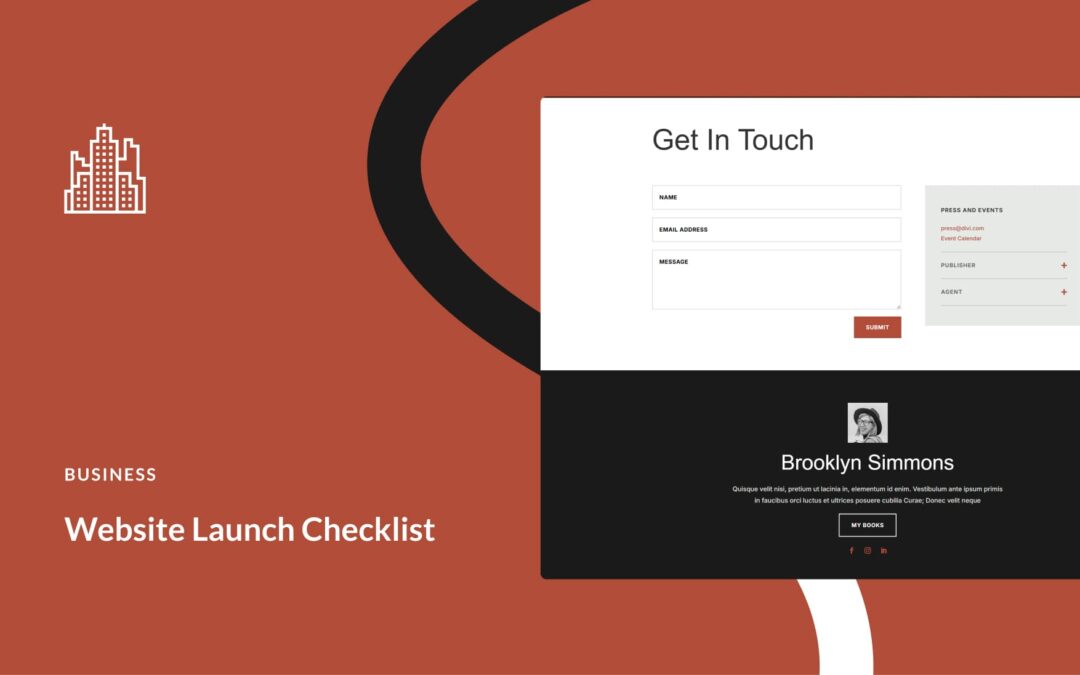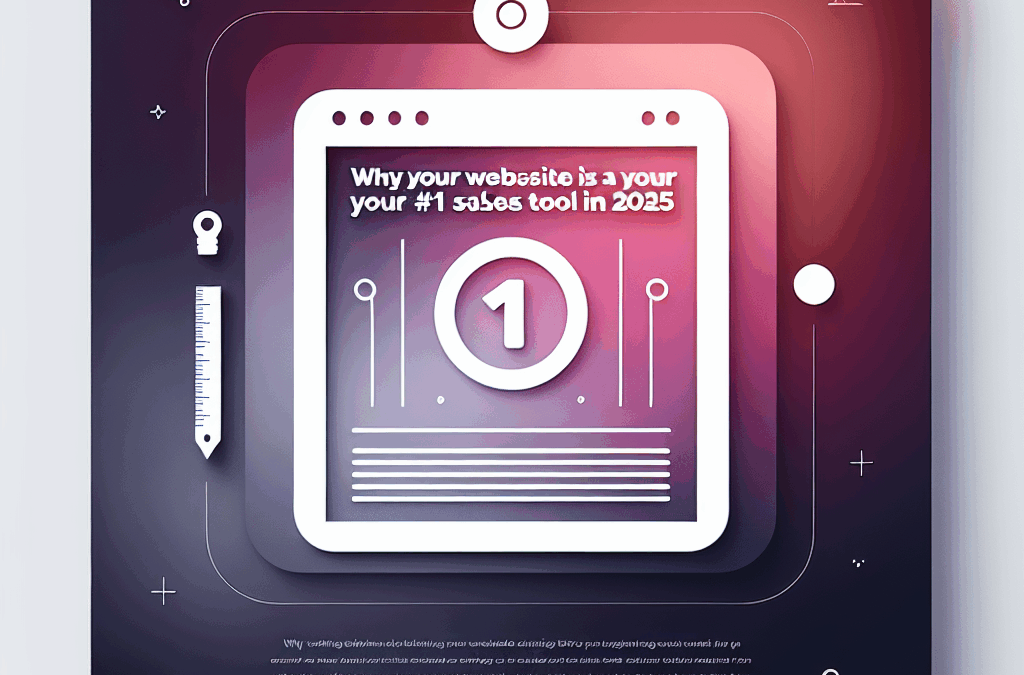Web Designers usually adopt one of two approaches when they build a website. Either they subscribe to the idea of ‘design first’ or ‘content first.’ However, design first does not meet the needs of the users. Content first is a bad website strategy because it fails to address the ultimate goal of a business website, making money. The answer to a profitable website actually lies with the idea of ‘marketing first.’
The Three Schools of Web Design Defined
Let’s take a look at the three schools of thought and see why design or content first is a bad website strategy.
#1 – Design First
Many web designers like to start with the overall look of a site. They develop a mood board, select images, and paint a pretty picture. Then, once they have the framework in place, they insert the text to fit. The result is a beautiful website that may or may not serve the needs of their clients.
#2 – Content First
Others believe that ‘content is king.’ They forgo the design and instead, focus on website architecture and adding more and more information. After all, 80% of a website is text, so their thought is to work the design around the words. The reason that content first is a bad website strategy is that it doesn’t necessarily work toward the ultimate goal.
A business website’s sole purpose is to generate more revenue.
#3 – Marketing First
Businesses invest their websites to increase sales. They are willing to spend X in order to get Y, and they expect Y to be greater than X.
Website Investment
Marketing is crucial for generating leads and re-engaging past clients. Marketing first means you don’t start with the look of a site, or the content, but with the important questions.
- Who is coming to the site?
- What are they looking for?
- What’s the next step they want to make?
- What are you trying to get them to do?
- How can you get them to do more of it?
Marketing first in web design means defining how a site can generate more leads or sales and then making the design and content serve that purpose.
Even though the content is what guides the visitor to move along your marketing funnel, content first is a bad website strategy because it fails to identify the end goal.
The Process of Creating a Marketing First Web Design
Please understand that you cannot have an effective website without all three components.
The difference between a profitable website and others is that they start with the marketing strategy before ever addressing the other two.
When you consult with your web designer for the first time, he should identify your primary and secondary customers and their goals.
- Create a customer avatar.
- Develop user profiles.
- Define their buyer journey.
Then, once that has been determined, he can work on the user experience. UX Design maps the path a visitor should take through your website and how to guide them into making a commitment. For most, this means entering their email address on a web form or your Contact Page. Once you have that email address, they then become a genuine lead.
Why the Idea of Design and Content First Is a Bad Website Strategy
In a nutshell, the design of the site, the content structure of the site, everything on a business website, should be for the sole purpose of increasing revenue.
So, when a web designer asks you what the goals are for your website, don’t be afraid to state it bluntly.
We want to make more money.
- How can you reduce bounce rate?
- Can you increase conversions?
And if a web designer starts talking about design or content, then ask them what they think the purpose of your website is. Their answer should indicate what you can expect from them after investing time and money.
Don’t get stuck with a pretty website that doesn’t generate leads. Don’t frustrate people with scads of content that doesn’t meet their needs. Instead, focus on marketing first and add the other components for a profitable web design.
Ericks Webs Design subscribes to the ‘marketing first’ school of web design. Not only do we help you identify your visitors, we show you how you can achieve your ultimate goal of more conversions.
We offer a Free Mock-Up Offer of your new web design. In just one week, you can see what a ‘marketing first’ website looks like. The best part is that you can see exactly what we offer, at no cost and with no future obligation. So, now that you know why the idea of design and content first is a bad website strategy, you are free to move forward with a more profitable web design.
Blog










